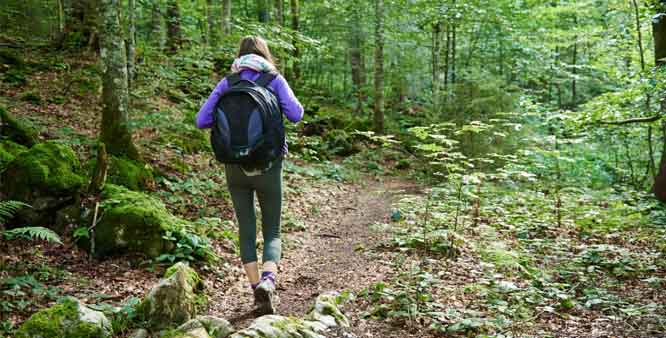Living near nature may reduce teen agressive behaviour: study
Thu 30 Jun 2016, 12:18:40

Teenagers in urban communities may have less aggressive behaviour if they live in neighbourhoods with more greenery, such as parks, golf courses or fields, a new study has found.
Researchers from University of Southern California (USC) in the US conducted the first longitudinal study to see whether greenery surrounding the home could reduce aggressive behaviours in a group of adolescents living in urban communities.
They followed 1,287 adolescents, aged nine to 18 years. They assessed the adolescents' aggressive behaviours every two to three years, asking parents if their child physically attacked or threatened others, destroyed things, or exhibited other similar behaviours.
Researchers then linked the adolescents' residential locations to satellite data to measure the levels of greenery in their neighbourhood. The study found that nine to 18-year-olds who lived in places with more greenery had significantly less aggressive behaviours than those living in neighborhoods with less greenery.
Both short-term (one to six months) and long-term (one to three years) exposure to greenspace within 1,000 metres surrounding residences were associated with reduced aggressive behaviours, researchers said. The behavioural benefit of greenspace equated to approximately two to two-and-a-half years of adolescent maturation, they said.
The study also
found that factors such as age, gender, race/ethnicity, socioeconomic status, parents' educational background, occupation, income level, or marital status, and whether their mother smoked while pregnant or was depressed, did not affect the findings.
found that factors such as age, gender, race/ethnicity, socioeconomic status, parents' educational background, occupation, income level, or marital status, and whether their mother smoked while pregnant or was depressed, did not affect the findings.
These benefits existed for both boys and girls of all ages and races/ethnicities, and across populations with different socioeconomic backgrounds and living in communities with different neighbou"Identifying effective measures to reduce aggressive and violent behaviours in adolescents is a pressing issue facing societies worldwide," said Diana Younan from USC.
"It is important that we target aggressive behaviours early on. Our study provides new evidence that increasing neighbourhood greenery may be an effective alternative intervention strategy for an environmental public health approach that has not been considered yet," said Younan.
Researchers estimate that increasing greenery levels commonly seen in urban environments could result in a 12 per cent decrease in clinical cases of aggressive behaviour in adolescents living in urban areas. The results support the benefits of greenery in decreasing aggressive behaviours for adolescents living in urban communities, researchers said.
The findings were published in the Journal of the American Academy of Child and Adolescent Psychiatry.
No Comments For This Post, Be first to write a Comment.
Most viewed from Specials
Most viewed from World
AIMIM News
Latest Urdu News
Most Viewed
May 26, 2020
Who will win The 2025 ICC Women's Cricket World Cup?
Latest Videos View All
Like Us
Home
About Us
Advertise With Us
All Polls
Epaper Archives
Privacy Policy
Contact Us
Download Etemaad App
© 2025 Etemaad Daily News, All Rights Reserved.


















.jpg)
.jpg)
.jpg)
.jpg)
.jpg)
.jpg)
.jpg)












.jpg)
.jpg)
.jpg)


